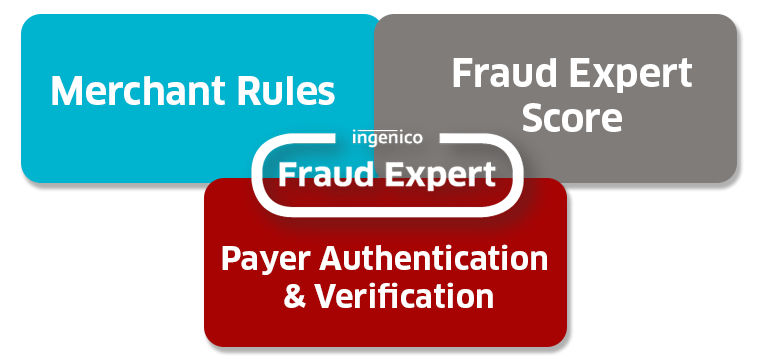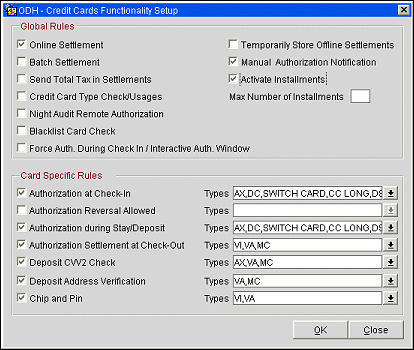Free Reasons On Deciding On Credit Card Apps
Wiki Article
What Are The Signs Of Suspicious Behaviors That Could Lead To Your Credit Card Getting Removed From The Bank?
Certain actions or behaviors could raise red flags, and may result in the credit card being reported to the credit card issuer or financial institution. Examples of suspicious behaviour are: Buying patterns
An abrupt rise in the amount of money spent or an abrupt change from the usual behavior of a cardholder could cause suspicion.
Unrecognized Transactions
It is possible to commit fraud if cardholder's statement shows transactions that are not authorized, unfamiliar or unapproved.
Multiple declined transactions
If you've got a record of positive transactions, but the cardholder is experiencing multiple failed or declined transactions within a short amount of time, it could be a sign that there's a problem.
Geographic Anomalies
If you see transactions coming from locations far away from the usual shopping locations or multiple transactions in a very short time span in different places, it could raise suspicion.
Atypical Purchase Types
The purchase of unusual items, especially expensive items that aren't in line with the cardholder's spending habits, can be flagged as suspicious.
Uncommon Online Behavior
Unexpected online activity, such as multiple failed log-ins, changing account information or unusual login attempts may indicate an unauthorized access.
Card use that isn't typical
All instances in which the credit or debit card is utilized in a different way than the normal way of use, for example, suddenly using it to conduct international transactions despite the previous used solely locally, may be suspicious.
Unexpected Cash Advances and Transfers
The cardholder could be alerted if there are large transfer, cash advances, or other transactions that are unusual for their spending pattern.
Frequent Card Transactions that are Not Present
It's possible to notice a sudden increase of transactions that are not present on your card (online purchases or phone-based transactions) without any previous history.
Identity Verification Issues
The difficulty of verifying a cardholder's identity in transactions, particularly in situations when additional verification is required can lead to suspicion.
The card issuer can investigate such behavior and disable the card temporarily until they can verify the identity of the cardholder as well as the legitimacy of the transaction.

What Should I Do If My Card Is Listed On A Blacklist For Credit Cards?
If you think your card is on a blacklist, or if you suspect there was fraud linked to your account, you must immediately notify your card issuer.
Contact the customer support number that appears on the reverse of your credit card. Check the issuer’s website for an exclusive hotline to report fraudulent transactions.
Tell the card issuer of your concerns and explain that you suspect fraudulent activity or that your card could be compromised.
Report Suspicious Activity-
Explain the unusual transaction or unauthorized purchases you've seen on your credit statement.
Provide specific details about the transactions including dates and amount. If possible, provide names of merchants.
Request Card Blocking and Replacement
If you want to stop any more unauthorised transactions ask that the credit card issuing company temporarily blocks the card temporarily.
Ask about the replacement process of the card to be able to access credit.
Examine your account and make a dispute charges
Examine your most recent statements and transactions for any other suspicious activity you might have missed initially.
If you spot suspicious charges, contact the card issuer and ask for an investigation.
Keep Track of and Monitor Your Credit
Check with your credit card provider to see whether the issuer took appropriate steps to deal with any issues you might have.
Be sure to monitor your credit card account regularly for suspicious activity or unexpected changes.
You might want to consider putting up Fraud Alerts or Security Freezes
In the event of a serious incident the situation, you may decide to place a fraud freeze or alert on your report in order to safeguard yourself against identity theft or other fraudulent attempts.
Send a report to Authorities If Necessary
Reporting identity theft to the Federal Trade Commission or filing an investigation with local law enforcement agency is recommended if you suspect significant fraud.
It is crucial to act swiftly to avoid any further fraudulent transactions and minimize the potential loss. Reporting suspicious activity promptly and collaborating with the credit card company can aid in reducing the risk of credit card fraud.

How Do Cybersecurity Experts Detect And Monitor Cyber-Attacks Which Include Compromised Credit Card Information?
Security experts in cyber security monitor and spot security threats like stolen credit card numbers using various tools and techniques. A few of these techniques and methods include: Threat Intelligence Gathering
To keep up-to-date with the latest threats and vulnerabilities, it's essential to gather information from multiple sources. This includes forums, threat feeds as well as dark web monitoring tools and security advisory services.
Network Monitoring & Intrusion Detection
Use specialized software to monitor network traffic, and detect unusual activity and suspicious behavior which could be a sign of an unauthorised access to data or breach of.
Assessments of vulnerability and penetration testing
Conducting regular assessments to identify weaknesses in applications, systems, or networks. Penetration Testing involves simulating attacks to identify vulnerabilities and assess your organization's security posture.
Security Information and Event Management System (SIEM),
Implementing SIEM tools that combine and analyze log data from various sources (such as firewalls, servers, and applications) to identify and respond to security issues in real-time.
Behavioral Analytics
The use of behavioral analysis in order to detect any unusual patterns, deviations or abnormalities from the typical user behaviours within systems or networks that could indicate a possible security compromise.
The Threat of Hunting
By analyzing logs and data from your systems, you can identify threats to your company's network.
Endpoint Security Solutions
Utilize endpoint security (such anti-malware software, endpoint detection, and response tools such as endpoint detection tools, response tools, etc.) to protect the devices as well as your endpoints from malicious actions.
Encryption of Data and Data Protection
Implementing encryption methods to protect sensitive data, such as credit card information at rest and in transit at rest, to mitigate the possibility of data breach.
Incident response & Forensics
To be able to respond quickly to security breaches, incident response plans are essential. Conducting forensic analysis to investigate and understand the scope of the incident, its impact, and the root cause of security breaches.
Cybersecurity experts combine these strategies with a solid understanding of the latest regulations and best practices to identify, minimize and respond quickly to cyber threats. Monitoring continuously, threat intelligence and a proactive approach to security are critical in maintaining the security of your business against cyber attacks. See the most popular savastan0 carding for site recommendations.
![]()